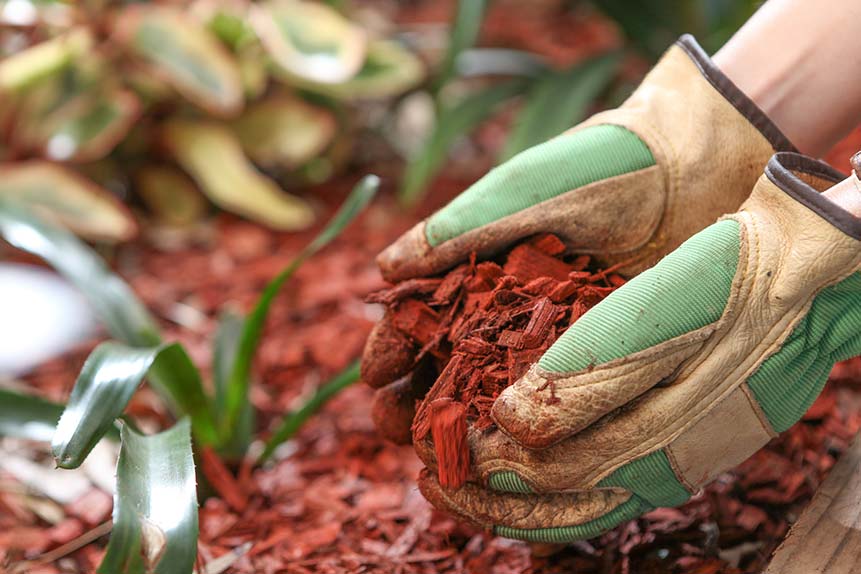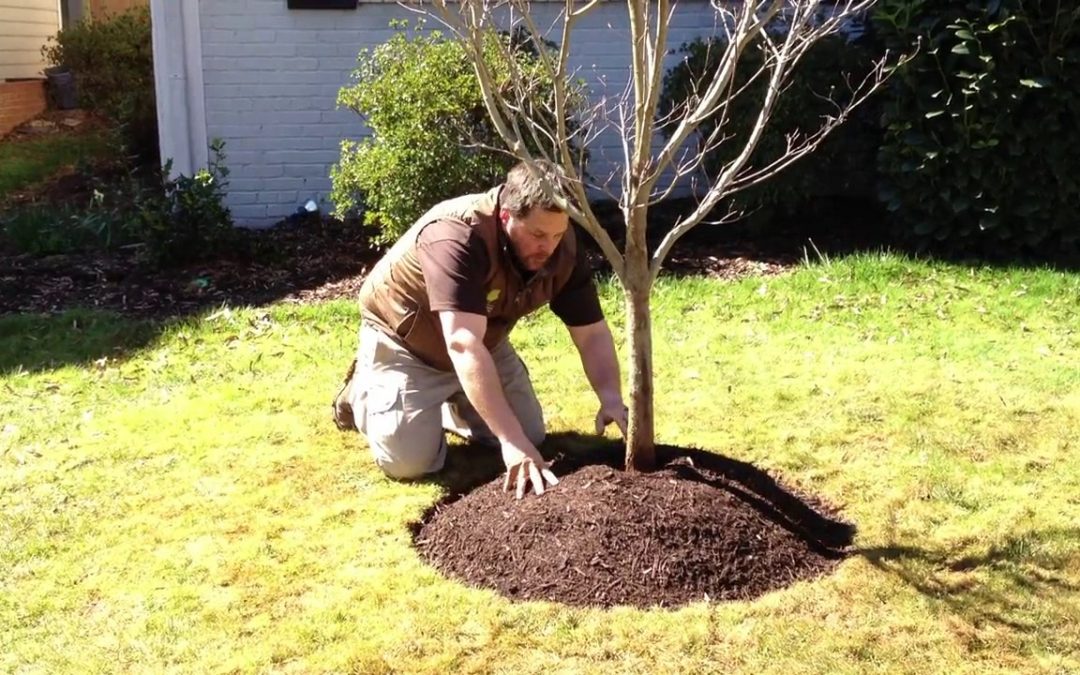Written by Pro Tree Service and published on https://www.protreeservice.com/.
Taking Care of a tree is equally challenging as baby care. Like a new-born baby, the tree can’t appraise the issues going on or supposed to go, one has to read its countenance and it requires year’s long study in arboriculture and professional experience. For a passionate homemaker, Backyard and its plantation & lawn are one of the high-interest parts. That is the reason, few people treat themselves as arborists and play with trees and their life as well.
Dos and Don’ts of Tree Care
There’s more to tree care than you probably think. At Pro Tree Service in Chicago, we want to help you keep your trees healthy and beautiful for years to come. It starts with knowing some general dos and don’ts of tree care.

The Dos of Tree Care
Do prune your trees
Take a close look at your trees. Do you notice any significantly dead, damaged, and/or diseased branches? Are your trees starting to encroach on a nearby property or public-use space? If you answered yes to either of these questions, it’s probably a good time to prune your tree. Just be sure to avoid pruning during the fall, as this maintenance actually stimulates unwanted growth right before winter.
Do look for pests and tree diseases
There are a number of tree pests to look for in Chicago, including the Emerald Ash Borer, Asian Longhorned Beetle, and Gypsy Moth. Trust us when we say that any of these pests can affect the greenery in your yard. That’s why we suggest educating yourself on the signs of a sick tree. The sooner you spot a tree disease or pest and contact a professional, the greater the chance your tree has of bouncing back.
To prevent your tree from getting too close to power lines
This is a big one. The closer your tree gets to a power line, the likelier you are to lose power during the next bad storm. Put your mind at ease and trim back any limbs that are nearing utility lines or roadways. The last thing you want is for an overgrown tree to cause damage to your home or someone else’s.
Do buy trees that are native to the area
Keep in mind that trees only thrive in a specific area. So unless you want to throw money away on your yard’s greenery, double-check that the tree you want is native to the region. We even wrote a blog post dedicated to the most popular trees in Chicago for this reason!
Do call a professional tree service for assistance
Professional tree care companies work to solve even the most complex tree dilemmas. Whether you’re wondering if your tree is sick or needs to be removed, an experienced tree service can help. As we’ll explain more in a bit, you’re better off leaving tree maintenance in the hands of a professional.
The Don’ts of Tree Care
Don’t trim your trees too often
Many homeowners don’t realize that the constant removal of branches and limbs can shorten the life of some trees. Rather than prune your trees every season, get in the habit of limiting your pruning and trimming to springtime. Doing so stimulates growth at an optimal time.
Don’t do any cleanup after storm damage
Let’s say that a nasty storm rolls through your neighborhood and knocks down your tree. While your first thought may be to go outside and start cleaning up the mess, your best bet is to get in touch with your insurance company and take pictures of the damage. Pro Tree Service also advises that you leave those storm-damaged trees in the hands of a professional.
Don’t plant trees too close to each other
A tree needs its space to maintain healthy growth over time. If you’re wanting to plant more than one tree in your yard, be sure to give them some space. Trees without healthy root growth might not reach their full potential.
Don’t try to remove a large tree by yourself
DIY tree removal carries an enormous risk of damage. Yet countless homeowners are seriously injured each year by accidents involving chainsaws, ladders, and other tree removal equipment. So play it safe and call a dependable tree service if you have a large tree that needs to be removed.
Don’t hire just any tree service
Contrary to popular belief, no two tree services are the same. You’ll find during your research that some tree care companies only specialize in tree trimming while others solely focus on tree removal. At Pro Tree Service in Chicago, we do it all, from tree trimming and removal to land clearing and brush removal.
Original post here https://www.protreeservice.com/tree-service-chicago/dos-and-donts-of-tree-care/.


